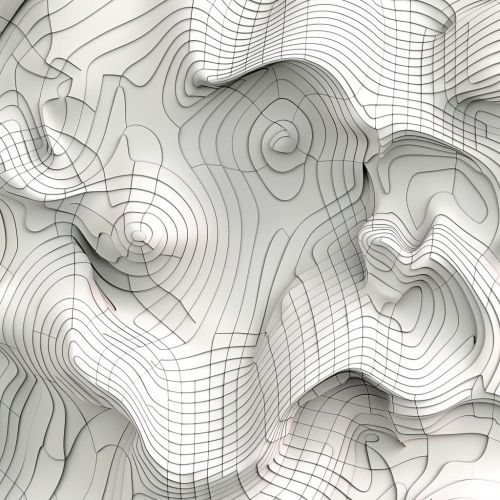Morse Homology
Introduction
Morse homology is a branch of mathematics that provides a link between the topology of a manifold and the critical points of a smooth function on that manifold. Named after American mathematician Marston Morse, Morse homology is a key tool in the study of differential topology, differential geometry, and algebraic topology.


Morse Theory
Morse theory is the foundation upon which Morse homology is built. It is a method used in differential topology to study the topology of manifolds using smooth functions. The basic idea of Morse theory is that the topology of a manifold can be understood by studying the critical points of a smooth function on the manifold.
A critical point of a function is a point where the derivative of the function is zero. In the context of Morse theory, these critical points correspond to the peaks and valleys of the function. The number of these critical points, and their indices, can give us valuable information about the topology of the manifold.
Morse Functions
A Morse function is a smooth function that has non-degenerate critical points. This means that the Hessian matrix (the matrix of second derivatives) of the function at each critical point is invertible. The index of a critical point is defined as the number of negative eigenvalues of the Hessian matrix at that point.
Morse functions are important in Morse theory because they are generic, meaning that they are dense in the space of all smooth functions. This implies that for any smooth function, we can find a Morse function arbitrarily close to it. This makes Morse functions a useful tool for studying the topology of manifolds.
Morse Homology
Morse homology is a homology theory built using Morse functions. The idea is to associate a chain complex to a Morse function, and then define the homology of this chain complex to be the Morse homology of the function.
The chain complex is constructed by considering the critical points of the Morse function as generators of the complex. The boundary operator is defined using the gradient flow lines of the function. The gradient flow lines are paths in the manifold that follow the steepest descent of the function.
The Morse homology groups are then defined as the homology groups of this chain complex. These groups are topological invariants of the manifold, meaning they do not change under continuous deformations of the manifold.
Applications of Morse Homology
Morse homology has found numerous applications in various fields of mathematics. In differential topology, it is used to prove the h-cobordism theorem, which is a key result in the classification of high-dimensional manifolds. In algebraic topology, it is used to define Floer homology, a powerful tool in the study of symplectic manifolds and low-dimensional topology.
Morse homology also has connections to physics, particularly in the field of quantum field theory. The path integral formulation of quantum mechanics, for example, can be understood in terms of Morse theory and Morse homology.
